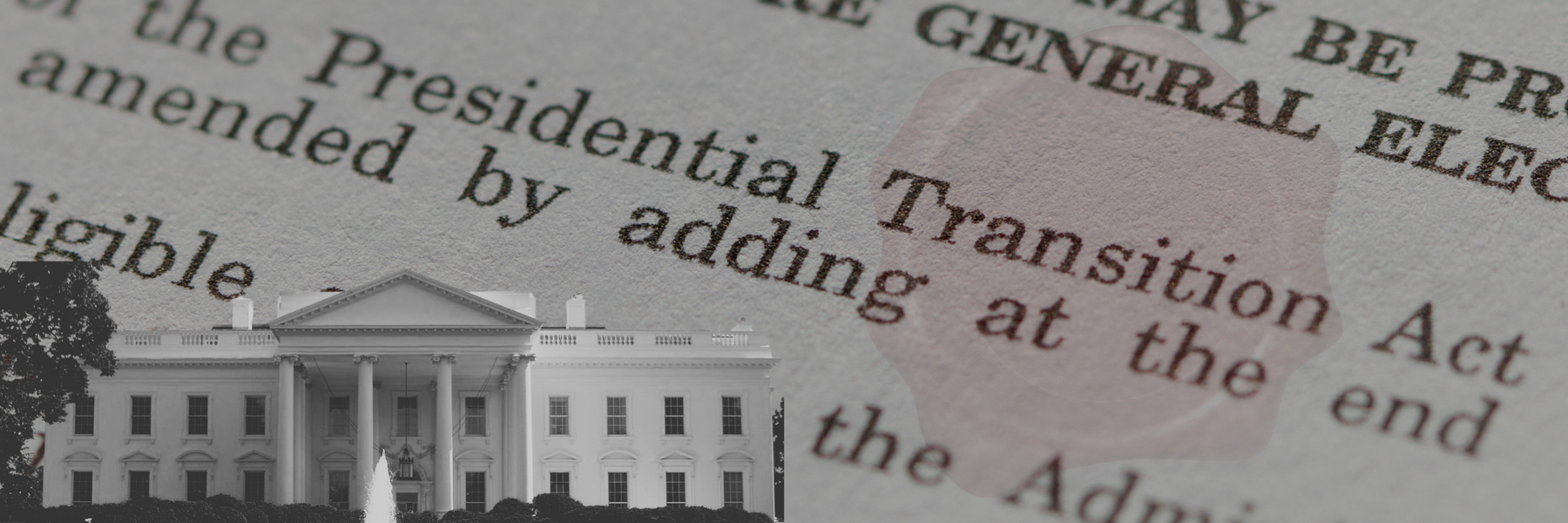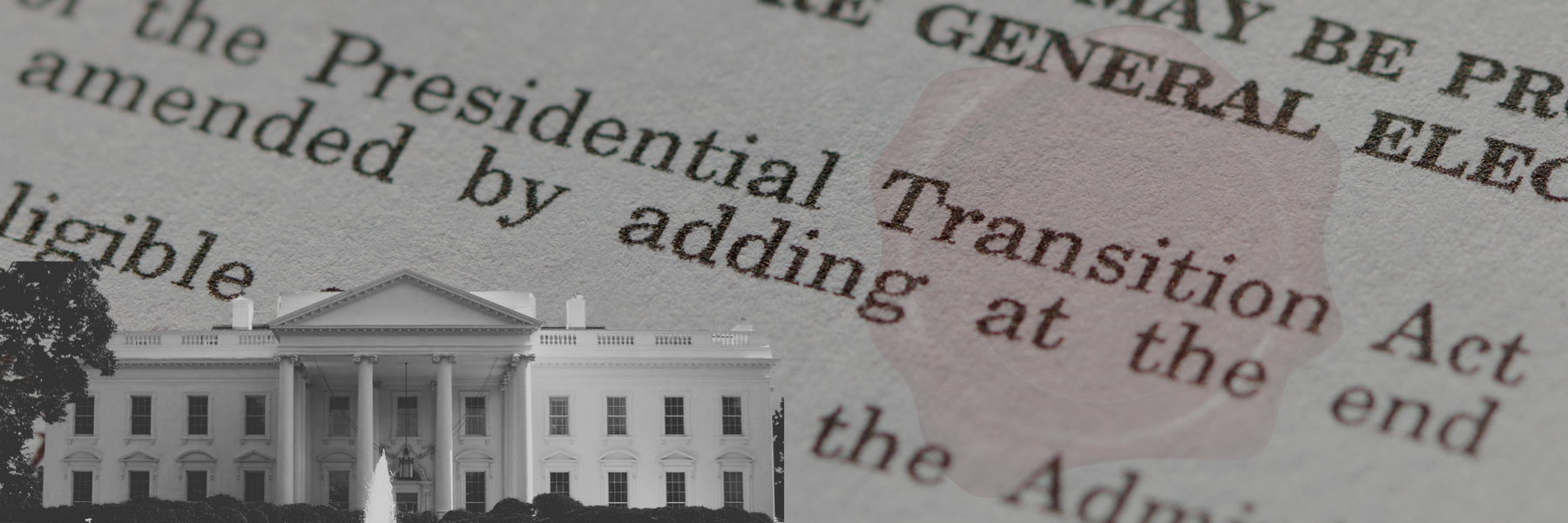Every week, journalists, researchers, and every day people use public records laws and the Freedom of Information Act to shine light on important (or at least interesting) issues in the most unexpected places. Whether you’re just getting started with public records or are a seasoned document hunters, here’s ideas to help jumpstart your own requesting.
Seen a great FOIA-based news story? Let us know and maybe we can include it in our next round up! Send it over via email, on Twitter, or on Facebook.
Finding out who is — and isn’t — paying for time on Trump properties
Every week, journalists, researchers, and every day people use public records laws and the Freedom of Information Act to shine light on important (or at least interesting) issues in the most unexpected places. Whether you’re just getting started with public records or are a seasoned document hunters, here’s ideas to help jumpstart your own records work.
The Wall Street Journal’s Paul Sonne had a fantastic story on how the U.S. military is “paying $130,000 a month to lease space in Trump Tower for the military office that supports the White House, even though Donald Trump hasn’t spent a night at the New York skyscraper since becoming president.”
While the General Services Administration, which managed the lease, worked to make sure that the president would not personally benefit from the lease, Sonne was able to connect released records with other public data to show the property is owned by a member of the Trump Tower board of directors.
The Wall Street Journal posted the redacted Trump Tower lease agreement on its website.
But it’s not all upside for Trump properties. On the other side of the country, as detailed in a story for the Washington Post, David Fahrenthold and Rob Kuznia used public records to show a sharp drop off in business at one of Trump’s California clubs.
While private companies, like Trump’s, are generally exempt from public records laws, often times their intersection with public bodies is not, and that’s the tactic the reporters used to dig into how business was going.
“We really got lucky here in that the city of Rancho Palos Verdes keeps great records and has an extremely fast-moving FOIA office,” wrote Fahrenthold in an email. “We sent them public-records requests for 1.) Golf taxes, 2.) Wedding permits, and 3.) Filming permits, and got answers back with a couple of weeks on all of them.”
Fahrenthold shared one of the requests he submitted:

(Want to dig into filming permits, Trumpian or otherwise, yourself? Click here to clone a similar request and tweak it.)
Invisible killers, microscopic fines
In A Pass to Poison, Kiah Collier ties together records requests, data analysis, public databases, and numerous interviews to show how Texas gives a pass to industrial polluters, occasionally slapping them with fines that amount to less than cost of proper prevention would be. Ryan Murphy worked on the data analysis.
Collier said that she ended up filing a lot of “tiny little requests” to fill in the gaps that of of the publicly available data, and the story is a wonderful example of the power of mixing traditional reporting, public records requests, and analysis of public data.
In an email, she wrote that organizational tools were helpful for tackling such a complex subject.
“DocumentCloud really saved me on this project because I had to dig through hundreds of unsearchable, scanned (in some cases skewed) PDFs,” she wrote. “DC wasn’t able to make all of them searchable, but enough to where it saved me loads of time. I also kept track of everything in a bunch of spreadsheets that I kept really clean and easy to understand.”
That organization ultimately helped the investigation conclude that, over the course of five years, no more than 4 percent of emissions events were penalized with fines.
The piece also prominently links to two of the databases that helped make the story possible: The Texas Air Emission Event Report Database and Texas Commission on Environmental Quality’s Issued Orders/Enforcement Database.
Shifting transparency at the FCC
When questioned about the FCC’s efforts to manage astroturf or automated comments on controversial issues, FCC Chair Ajit Pai had a great soundbite ready: “Generally speaking, this agency has erred on the side of openness.”
But Dell Cameron, writing for Gizmodo, has put that transparency to the test, with some very odd FOIA results — and a reminder that even a rejection can lead to an important story.
In May, as the agency was seeking comments on its proposals to roll back net neutrality protections, its website went down shortly after a John Oliver segment.
While some originally credited Oliver’s fervent fanbase for the takedown, the FCC quickly blamed sophisticated attacks, as Cameron noted:
The agency’s chief information officer, David Bray, stated in a letter on May 8 that an “analysis” had revealed that the FCC was “subject to multiple distributed denial-of-service attacks,” bringing down the comment site and leaving it inaccessible to the public. Those attacks, Bray said, were “deliberate attempts by external actors to bombard the FCC’s comment system with a high amount of traffic to our commercial cloud host.”
Interested in learning more, Cameron fired off a FOIA request for that analysis, as well as a number of related records. The agency provided some documents but ultimately offered very little on why, exactly, the website actually went down — and ultimately wrote that the previously mentioned “analysis” did not result in any written documentation:

Cameron wrote a detailed play-by-play of his request and the FCC’s response, which quickly raised questions about what, exactly, was going on behind the scenes of the alleged cyberattack.
“I’d say the request seemed worth filing immediately because of the agency’s own awkwardness,” wrote Cameron in an email when talking about his strategy with the request. “It was suspect from the beginning because the downtime occurred just as John Oliver was directing people to the website. Logic dictated he was the cause. But then the commission says, ‘it was a DDoS attack,’ and everyone’s like, ‘yeah, sure.’“
In response to his original story, the FCC sent out an unusual and blistering rebuttal:
The FCC has never stated that it lacks any documentation of this DDoS attack itself. And news reports claiming that the Commission has said this are without any basis and completely irresponsible. In fact, we have voluminous documentation of this attack in the form of logs collected by our commercial cloud partners.
After which Cameron pointed out if the FCC’s response was true, then such analysis still would have been covered by his request:
What’s more, the records related to Bray’s so-called “analysis” were only one of six categories of material sought. The request further included any agency emails referencing “DDoS,” “astroturfing,” “spam,” and “net neutrality,” in addition to any related calendar entries, visitor logs, meeting minutes, orders, memoranda, or written views concerning the FCC’s comment system. Also requested were all records related to a May 9th letter authored by Senators Wyden and Brian Schatz regarding the attack.
“I tend to want to believe it was a DDoS attack, just because I feel like they couldn’t get that many people in on the lie,” Cameron wrote in response to questions about the rejection. “But they perpetuated all the wild theories by their own total lack of transparency on the topic. If my FOIA had returned just a few more documents, maybe one or two things of substance, I might’ve not seen a story. But because they handed over absolutely NOTHING of value it became a thing. Every single document—every single memo or email or calendar entry about this event really needs to be kept secret? No one buys that.”
And while FOIA rejections can be frustrating, keeping all the documentation and carefully parsing the response led Cameron to not one but two stories that helped raise important questions about what, exactly, was going on at the agency.
Header image Marine One by Andrea Hanks via White House Flickr account and licensed in the public domain.




